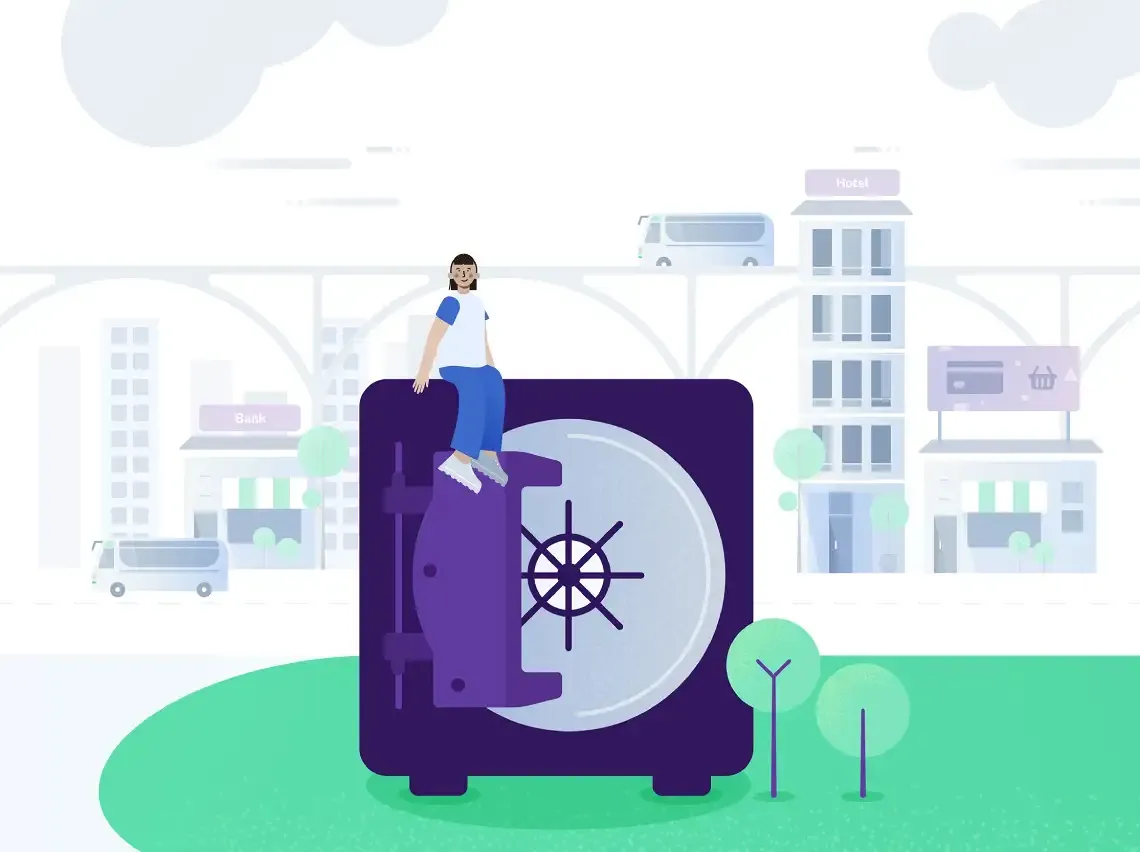Cybersecurity is important year-round, and it’s important to take steps to protect yourself and your organization. Although complicated solutions that leverage advanced technologies, including deep learning, behavioral analytics, and blockchain, can greatly enhance cybersecurity, there’s a simple step you can take to increase security today: Turn on two-factor authentication (2FA).
What Is Two-Factor Authentication?
Two-factor authentication requires people logging into accounts or onto your network to provide two different types of information that proves who they are. One example of 2FA occurs when someone tries to log into an application, they need to enter a username and password – and are also asked to enter a code that the application sends via SMS or email. Another option, which NMI offers, is to use a mobile phone application (such as Authy, Google Authenticator, or LastPass Authenticator) that provides a one-time-use passcode that changes every 60 seconds or less.
2FA is a form of multifactor authentication (MFA) that confirms someone’s identity by requiring proof of access to at least two of three unique pieces of information: something they know (a password or challenge question), something they have (a phone or other secure physical device), and/or something they are (fingerprints/biometrics).
Why 2FA Is a Valuable Cybersecurity Tool
Two-factor authentication is a simple concept, but it can make a big impact. The easiest way for a hacker to access a system is to trick users into providing them with the information necessary to log in. They devise increasingly sophisticated phishing attacks in an attempt to get people to provide passwords or other details that can be used to gain access to systems. For example, spear phishing attacks target people at top levels of business organizations, even using information gathered from social media or other public sites to make emails sound more authentic.
Unfortunately, phishing works. The Verizon 2021 Data Breach Investigations Report states that 25 percent of all data breaches involve phishing. Busy people don’t take the time to ensure the email is from the person that the sender claims to be, and sometimes, people just make mistakes. Once login credentials and passwords are in the hands of a hacker, however, the business’s system is at risk.
Two-factor authentication provides an extra layer of protection to compensate for human error. A hacker may trick a user into giving up a login and password, but won’t have access to an emailed code, be able to enter a code from the user’s smartphone app, or be able to pass any test anchored with biometric verification.
2FA also protects business systems and data from bad user habits. Businesses are continually battling with their employees to use strong passwords, but 123456 continues to top the list. If a hacker plays the odds and tries that password with an employee’s email as the username, they may easily gain access to a system. Another bad habit this protects against is when people re-use the same password for multiple services, because if a breach of one of these account’s password occurs, then all of those accounts are compromised if only using a username and password.
Furthermore, two-factor authentication also protects against brute force attacks that involve an actor using an automated system that continues to try username and password combinations until it figures out credentials that provide access. 2FA stops progress by requiring another verification factor, such as a code sent to a legitimate user that the hacker won’t have.
Use Cybersecurity Awareness Month To Raise Awareness About 2FA
One of the downsides of two-factor authentication is that it’s often optional. Users that think it will slow them down to enter an extra code or provide additional information may opt not to use it. However, if a business chooses easy-to-use 2FA options and educates its team about the importance of this simple step, it can become a routine part of workflows that plays a big role in cybersecurity, as well as help to improve the security of people’s personal accounts wherever they may be.
To learn more about how NMI uses 2FA to keep accounts and businesses safe, contact us.
Don’t just turn on payments, transform the way you do business
- Generate New Revenue By adding or expanding payment offerings to your solution, you can start earning higher monthly and transaction-based recurring revenue.
- Offer the Power of Choice Allow merchants to choose from 125+ shopping cart integrations and 200+ processor options to streamline their onboarding.
- Seamless White Labeling Make the platform an extension of your brand by adding your logo, colors and customizing your URL.





